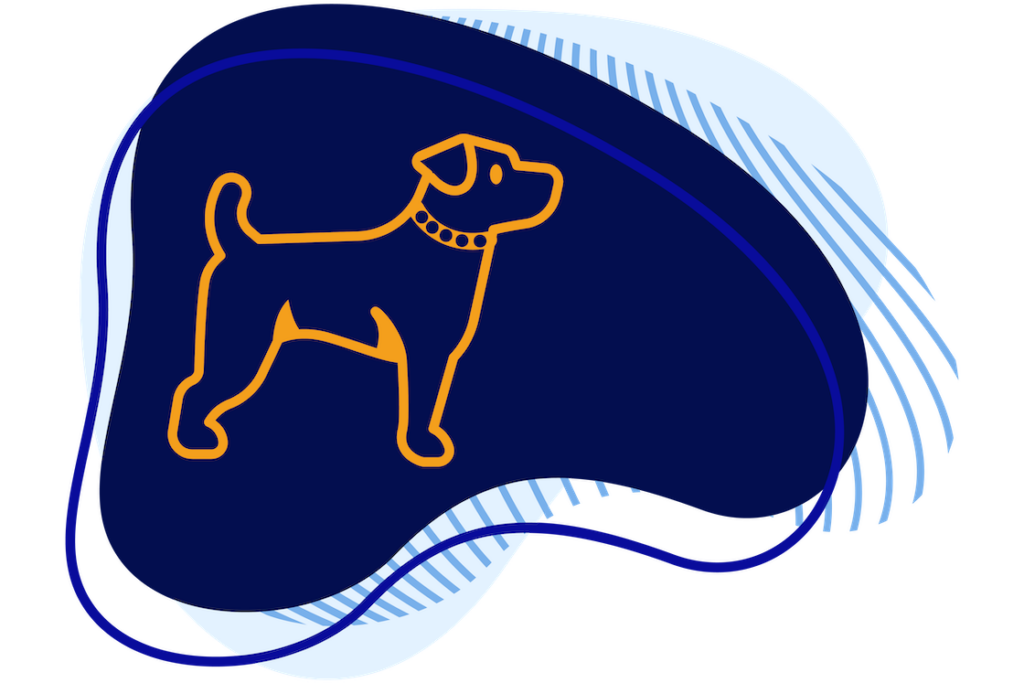We all love our dogs, and many of us view them as a true part of the family. So, naturally, keeping them safe and healthy is always a top priority. You can’t keep your eyes on your pup at every moment, though, and it’s always a possibility that they may eat or become exposed to mold within your home.
While you can take measures to prevent the invasive fungus from flourishing in your household, you can rarely be 100% sure that your furry friend won’t find some and dig into it. In many cases, the food they’re eating can even get a bit moldy without you realizing it, and they’ll ingest it that way.
Since you can’t always prevent these things from happening, the best thing you can do to protect your dog is to learn the telltale symptoms that usually appear after the fact. That way, if your canine companion does swallow some mold, you can quickly recognize the symptoms and react accordingly.
Common symptoms of mold ingestion in dogs
It’s important to note that the symptoms will be very different depending on whether your dog has eaten or inhaled mold. Additionally, some dogs suffer allergic reactions to being around mold, and that will have its own unique symptoms as well.
Usually, when a canine has eaten mold, the symptoms you’ll notice will be primarily linked to their digestive system. Two of the most common ones are vomiting and changes with their stool, such as it becoming runny or containing blood. It’s also likely that your dog will lose its appetite, either eating significantly less or not eating at all. You may notice that your pup is experiencing tremors, or if they’ve eaten a large amount of the harmful fungus, potentially even seizures.
These symptoms are not to be confused with those of mold inhalation. If you’re noticing the following from your dog, it’s likely that they breathed in some mold rather than ingested it:
- Wheezing, coughing, or sneezing
- Shortness of breath
- Nasal discharge
- Bleeding from the nose or mouth
Allergic reactions to mold, on the other hand, also have their own set of common symptoms. If your dog has a mold allergy, it can be brought on by eating, inhaling, or simply being around the spores.
Usually, these reactions will present themselves with the following symptoms.
- Irritated or inflamed skin
- Loss of fur
- Frequent scratching, biting, chewing, or licking
- Dry or scaly skin
- Unusual skin odor
What should you do if you think your dog has eaten mold?
If you suspect that your dog has ingested mold and is having a reaction to it, you should take them to the vet. In most cases, a bit of mold being eaten won’t cause any severe or life-threatening issues, but the risk becomes greater if you wait too long to seek treatment.
Once you get your pup in to see a veterinarian, their treatment method will depend on the severity of the reaction and which symptoms are being displayed. They may administer a medication, and it’s possible that they’ll want to keep your dog there for a day or two while they recover.
Ultimately, though, your furry friend should be back to their old energetic self within a few days or a week.
Before you bring your dog back home, though, you should deal with the existing mold issue if there is one; otherwise, there’s a chance they’ll end up ingesting or inhaling mold again in the future.
If you aren’t sure where the mold growth is, the first place you should check is your dog’s food.
If you don’t see any signs of mold there, check any humid or damp areas of your house.
Next, conduct a search of your walls and ceilings for water stains or mold spores.
If you come across a small infestation, you can probably remove it yourself using protective gear and an antifungal cleaning agent.
However, if you find a large mold colony or several different growth areas around the home, your best bet would be to bring in mold remediation professionals.
The same goes for if you’re unable to locate the source of mold yourself. The remediation experts will be able to find any existing mold, bring the fungus levels back to a harmless range, and reduce the risk of future growth. Then, your dog should be safe to return to the house and resume its happy-go-lucky life!


